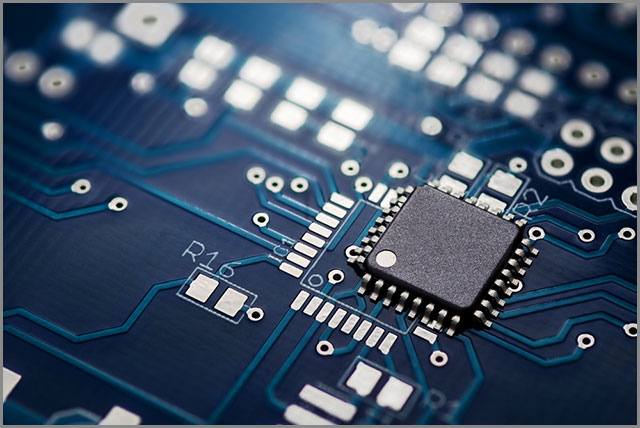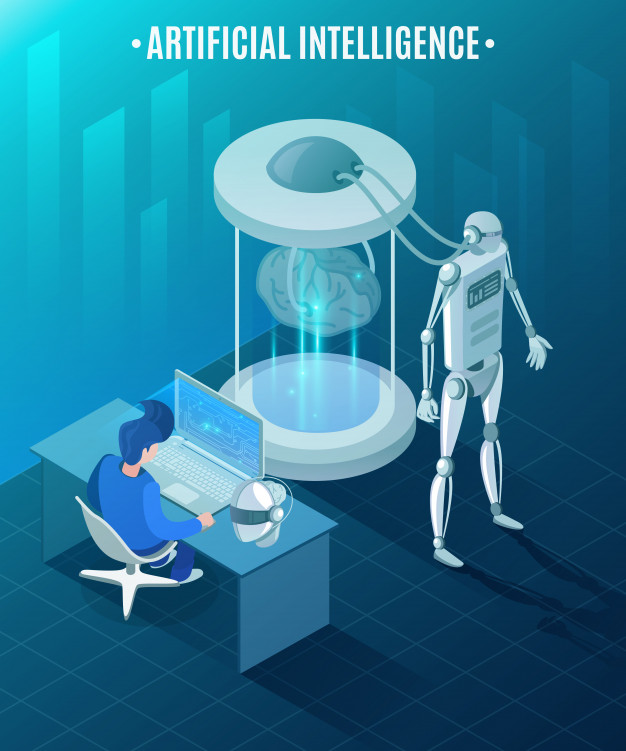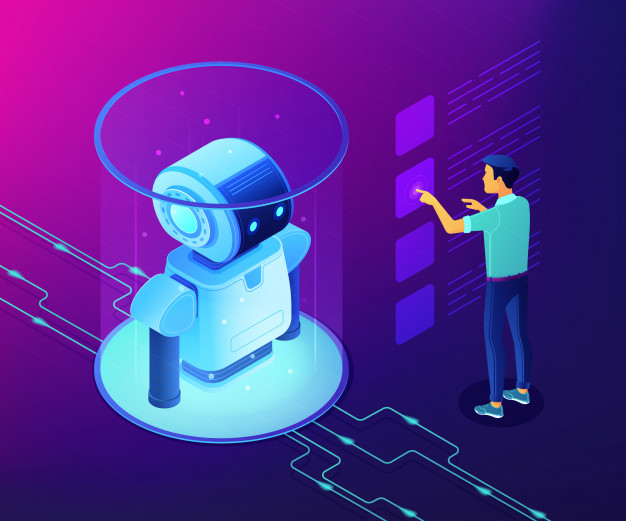Services
VLSI
 Very large-scale integration (VLSI) is the process of creating an integrated circuit (IC) by
combining millions of MOS transistors onto a single chip. VLSI began in the 1970s when MOS integrated
circuit chips were widely adopted, enabling complex semiconductor and telecommunication technologies to be developed.
VLSI circuits are used everywhere, real applications include microprocessors in a personal computer or workstation, chips in a
graphic card, digital camera or camcorder, chips in a cell phone or a portable computing device, and embedded processors in automobiles.
Very large-scale integration (VLSI) is the process of creating an integrated circuit (IC) by
combining millions of MOS transistors onto a single chip. VLSI began in the 1970s when MOS integrated
circuit chips were widely adopted, enabling complex semiconductor and telecommunication technologies to be developed.
VLSI circuits are used everywhere, real applications include microprocessors in a personal computer or workstation, chips in a
graphic card, digital camera or camcorder, chips in a cell phone or a portable computing device, and embedded processors in automobiles.
System Engineering
 Systems engineering is an interdisciplinary field of engineering and engineering management
that focuses on how to design, integrate, and manage complex systems over their life cycles.
Systems engineering deals with work-processes, optimization methods, and risk management tools in
such projects. Systems of systems engineering (SoSE) is the process of planning, analyzing, organizing,
and integrating the capabilities of a mix of existing and new systems into a system-of-systems capability that is
greater than the sum of the capabilities of the constituent parts
Four specific types of engineered system context are generally recognized in
systems engineering product system, service system, enterprise system.
Systems engineering is an interdisciplinary field of engineering and engineering management
that focuses on how to design, integrate, and manage complex systems over their life cycles.
Systems engineering deals with work-processes, optimization methods, and risk management tools in
such projects. Systems of systems engineering (SoSE) is the process of planning, analyzing, organizing,
and integrating the capabilities of a mix of existing and new systems into a system-of-systems capability that is
greater than the sum of the capabilities of the constituent parts
Four specific types of engineered system context are generally recognized in
systems engineering product system, service system, enterprise system.
Artificial Intelligence
 Artificial Intelligence (AI) is the branch of computer sciences that emphasizes the development of
intelligence machines, thinking and working like humans. For example, speech recognition, problem-solving, learning and planning.
AI Technique is a manner to organize and use the knowledge efficiently in such a way that
It should be perceivable by the people who provide it. It should be easily modifiable to correct errors.
It should be useful in many situations though it is incomplete or inaccurate.Existential risk from artificial
general intelligence is the hypothesis that substantial progress in artificial general intelligence (AGI)
could someday result in human extinction or some other unrecoverable global catastrophe.
Artificial Intelligence (AI) is the branch of computer sciences that emphasizes the development of
intelligence machines, thinking and working like humans. For example, speech recognition, problem-solving, learning and planning.
AI Technique is a manner to organize and use the knowledge efficiently in such a way that
It should be perceivable by the people who provide it. It should be easily modifiable to correct errors.
It should be useful in many situations though it is incomplete or inaccurate.Existential risk from artificial
general intelligence is the hypothesis that substantial progress in artificial general intelligence (AGI)
could someday result in human extinction or some other unrecoverable global catastrophe.
- Reactive Machines. Reactive machines are the simplest level of robot.
- Limited Memory. A limited memory machine, as the name might suggest, is able to retain some information learned from observing previous events or data.
- Theory of Mind.
- Self-awareness.
Robotics
 Robotics is the intersection of science, engineering and technology that produces machines, called robots,
that substitute for (or replicate) human actions.
Robots are gaining intellectual and mechanical capabilities that don't put the possibility of
a R2-D2-like machine out of reach in the future.
As technology progresses, so too does the scope of what is considered robotics.
In 2005, 90% of all robots could be found assembling cars in automotive factories.
These robots consist mainly of mechanical arms tasked with welding or screwing on certain parts of a car.
Today we’re seeing an evolved and expanded definition of robotics that includes the development,
creation and use of bots that explore Earth’s harshest conditions, robots that assist law-enforcement
and even robots that assist in almost every facet of healthcare.
Robotics is the intersection of science, engineering and technology that produces machines, called robots,
that substitute for (or replicate) human actions.
Robots are gaining intellectual and mechanical capabilities that don't put the possibility of
a R2-D2-like machine out of reach in the future.
As technology progresses, so too does the scope of what is considered robotics.
In 2005, 90% of all robots could be found assembling cars in automotive factories.
These robots consist mainly of mechanical arms tasked with welding or screwing on certain parts of a car.
Today we’re seeing an evolved and expanded definition of robotics that includes the development,
creation and use of bots that explore Earth’s harshest conditions, robots that assist law-enforcement
and even robots that assist in almost every facet of healthcare.
- Articulated Robots. An articulated robot is the type of robot that comes to mind when most people think about robots.


